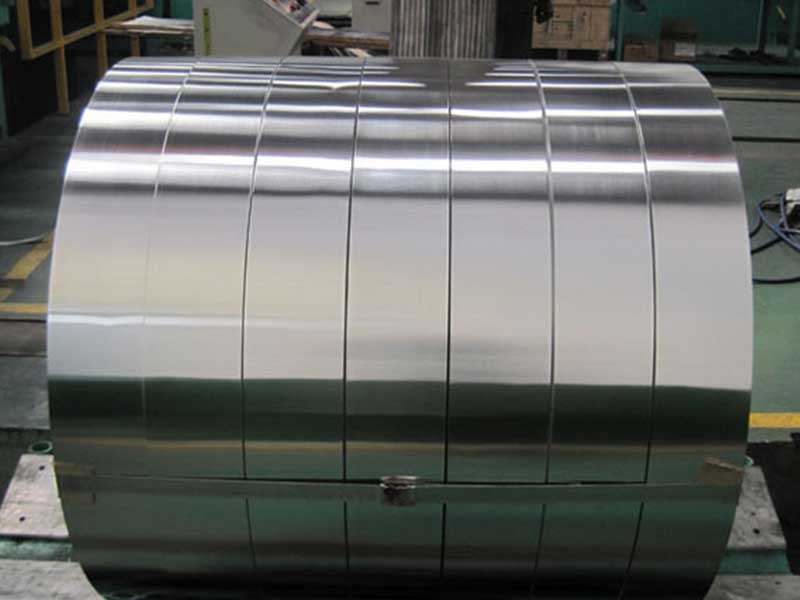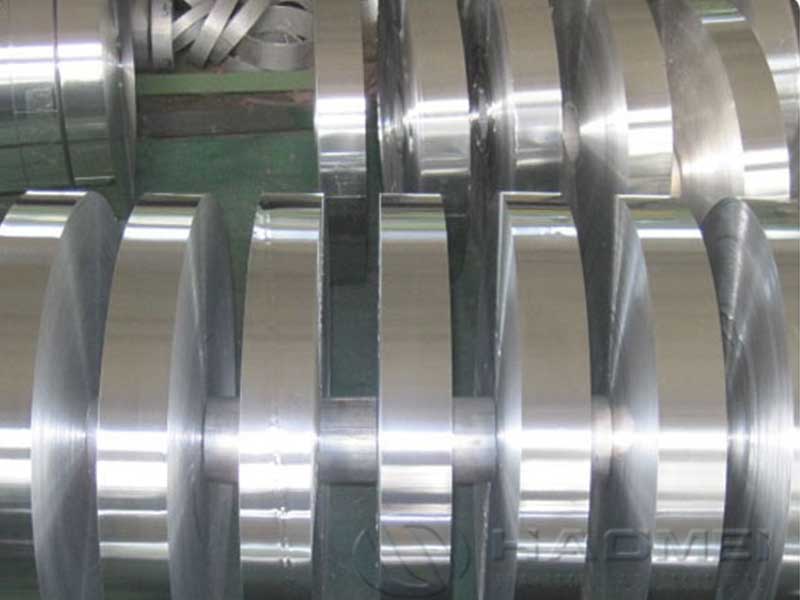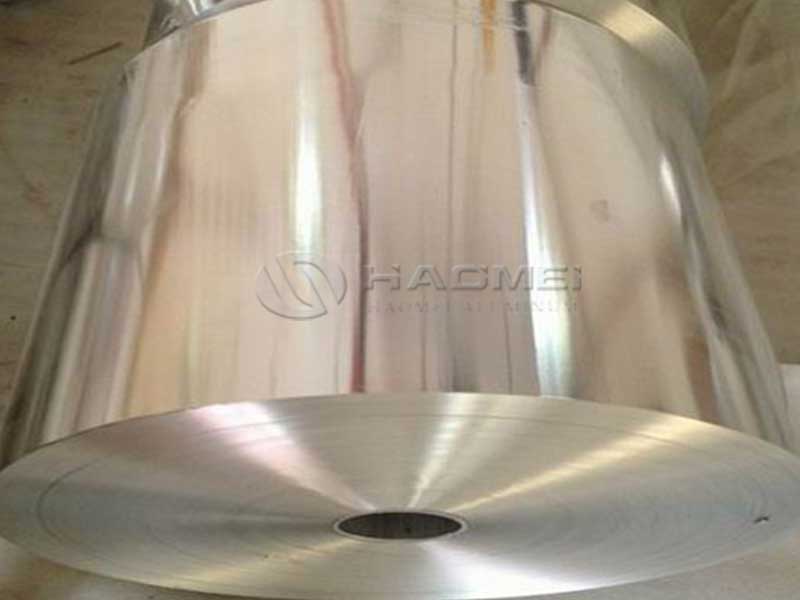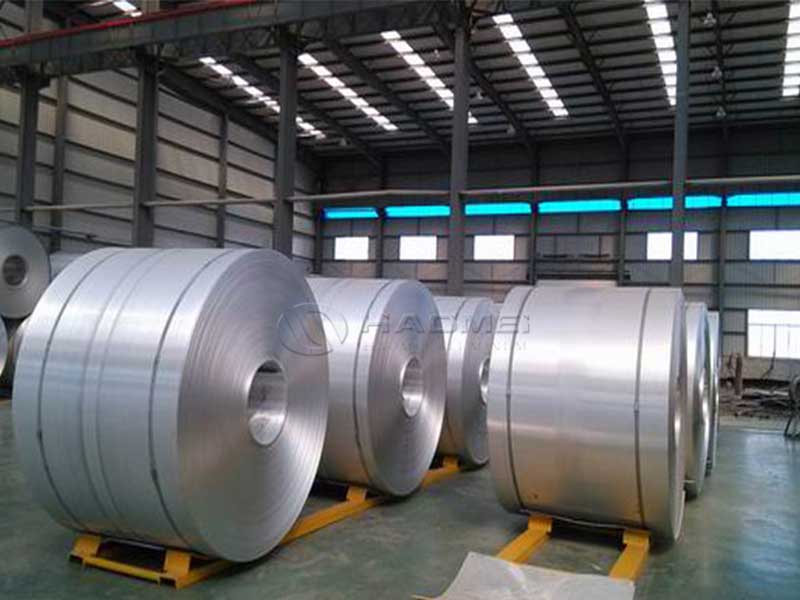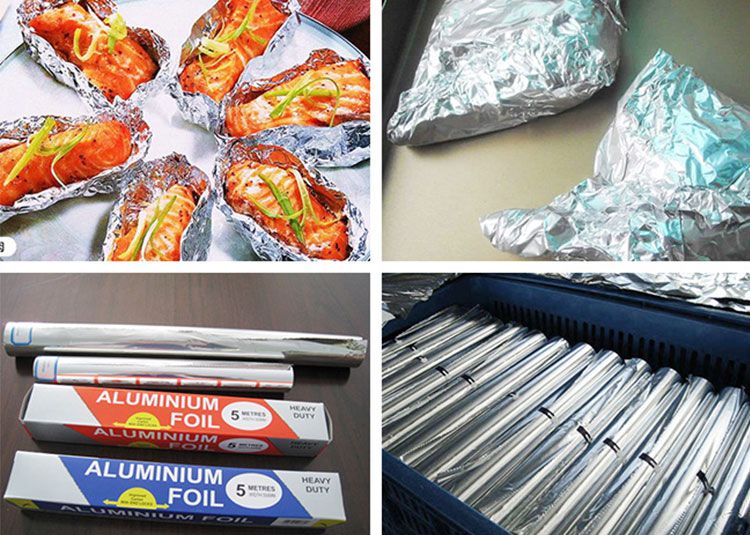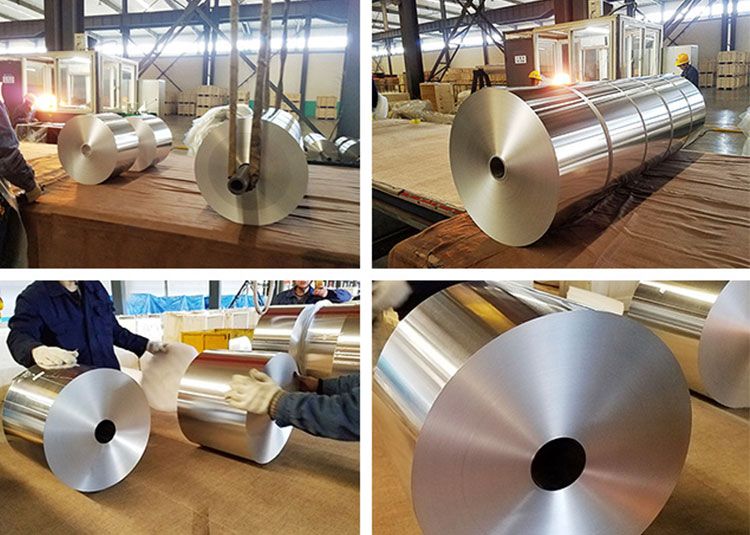Rolling aluminum foil may seem like a straightforward production process, but several intricacies can significantly influence the product's quality and overall efficiency. Here’s a unique analysis of this process, shedding light on essential matters that demand attention—from proper material selection to the technical specifications of machinery.
1. Material Selection: The First Step Towards Quality
When embarking on the journey of rolling aluminum foil, the paramount concern is the selection of materials. Depending on the intended application, manufacturers typically choose either high-purity aluminum (AA1235) or aluminum alloys such as AA8079, each presenting distinct characteristics.
From my perspective on the rolling mill floor, the biggest challenge in producing high-quality aluminum foil isn't necessarily the massive rolling machinery itself, but rather the subtle nuances of material consistency. Slight variations in the incoming aluminum alloy's temper, thickness, and surface finish drastically impact the final product. We constantly monitor for edge cracking, surface imperfections like rolling texture and scratches, and gauge variations across the foil width. Maintaining precise control over rolling parameters like roll speed, tension, and reduction is critical, and even minor deviations can lead to significant scrap and compromised product quality. This often requires a delicate balance – pushing the limits of production speed versus maintaining stringent quality standards.
Beyond the mechanical aspects, human factors play a significant role. Operator skill and experience are invaluable in recognizing subtle changes in the rolling process, interpreting sensor data effectively, and making timely adjustments. We rely heavily on preventative maintenance schedules to avoid unplanned downtime, but unexpected equipment failures still happen. Furthermore, improving the consistency and quality of the incoming aluminum ingots is vital; if the raw material isn't up to spec, the best rolling process in the world can't produce top-tier foil. Therefore, robust quality control checks across the entire supply chain are just as crucial as perfecting our rolling techniques.
- High-Purity Aluminum: Ideal for food-grade applications due to its non-toxicity and superior barrier properties against moisture and light.
- Aluminum Alloys: While more durable and stronger, alloying elements must be adequately balanced to ensure optimum stiffness and malleability during the rolling process.
Ultimately, the choice of material influences everything from rolling parameters to the final foil quality, making this a primary focal point in production planning.
2. Control over Thickness Specification
One of the unique characteristics of aluminum foil is its ultra-thin structure. Generally, aluminum foil measures anywhere from 0.005millimeter to just shy of 0.01 millimeter thickness. Precision in this regard allows for different applications—from culinary to industrial uses.
Manufacturers should pay meticulous attention during the primary rolling process to ensure that the metallurgical characteristics remain favourable. Utilizing a multi-pass rolling process—where the foil undergoes successive reductions—provides improved uniform thickness. Advanced calendering often follows, adding additional finesse that enhances surface quality.
3. The Role of Temperature Control
An element often overlooked in rolling processes is the impact of heat on aluminum foil production. Utilization of several temperature-control methods during rolling can ensure that the alloying process occurs without unnecessary recrystallization.
Cryogenic Processing
More specialized plants are beginning to utilize cryogenic temperatures for certain rolls, especially with inter-layer lubrication incorporated to create ultra-thin and sophisticated interfaces—ideal for specific applications such as electrical insulation.
Temperature not only contributes to ductility but also affects the surface finish of the aluminum foil, with higher thermal loads allowing better flow without increasing thickness unduly.
4. Choice of Lubricants in the Rolling Process
Effective lubrication plays a crucial role in aluminum foil rolling. Integrated lubricants serve multiple purposes, including reducing wear on machinery and preventing oxidation while maintaining surface integrity. Semi-solid and emulsified that create less foam are essential.
The unique nature of the thin foils that are being rolled generally requires careful selection; a lubricating choice that maximizes surface smoothness allows tools to operate smoothly without excess aggregation of oils that debilitate translucency.
5. The Importance of Equipment Calibration
Finally, machinery calibration cannot be understated. Production machinery, particularly the rollers and levers engaged during foiling, must undergo rigorous and continuous calibration to maintain desired temper attributes.
Feedback Loops
Installing advanced feedback mechanisms produces real-time adjustments that cumulatively assure end-product consistency. Thereby ensuring an aligned rolling pressure profile for minimal artefacts pertaining to gauge aberrations.
Different alloys and sheet thicknesses dictate specifics about roller gaps specifically—from wider gaps for heavy duty that cater to strength boundaries to thousandths on kin-class applications making package halations reduce while safeguard with atmospheric content.


